Our Team
Faculty Mentors
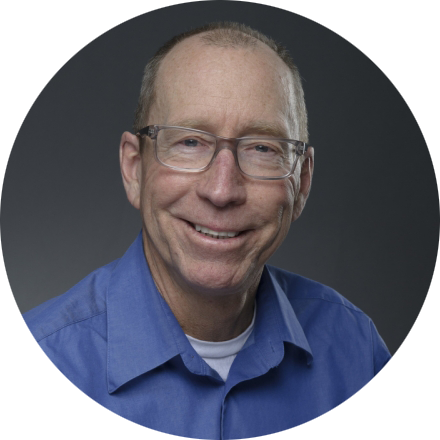
Dr. Brian Bothner
Dr. Brian Bothner is a Professor of Chemistry and Biochemistry at MSU, Director of Montana INBRE, and Scientific Director of the Proteomics, Metabolomics, and Mass Spectrometry Facility. He has over 25 years of experience in the application of leading-edge mass spectrometry to the analysis of complex biological systems. Dr. Bothner has authored and co-authored over 140 peer-reviewed publications. Research in the Bothner lab has two foci: (1) Investigation of cellular response to stress using chemical biology, proteomics, and metabolomics. (2) Assembly, stability, and dynamics of multi-subunit enzymes and nucleoprotein complexes. This research takes us from the atomic scale provided by high resolution structural models of viruses and enzymes to complex interaction networks of nucleic acids, proteins, and metabolites, and that make up a living system. The thermal features of Yellowstone National Park are an inspiration for our work.
bbothner@montana.edu
Bothner Lab Website

Dr. Ross Carlson
Dr. Ross Carlson is a Professor of Chemical and Biological Engineering at MSU, a member of the Thermal Biology Institute, and a member of the Center for Biofilm Engineering. Carlson has an interdisciplinary background in biochemistry, microbial engineering, and chemical engineering and combines experimental research with in-silico, metabolic systems analysis. The synergistic combination of experiments and computational biology has been applied to a number of microbial challenges including bioplastic and biofuels production, nutrient cycling in natural systems including geothermal hot springs, and the analysis of emergent properties in interacting consortia such as those found in chronic wounds. Dr. Carlson has authored or co-authored 80+ peer-reviewed publications. Dr. Carlson is looking for students interested in studying the emergent properties of consortia through a combination of experimental and theoretical techniques with the goal of decoding the cellular economics of the microbial interaction strategies.
rossc@montana.edu
Carlson Lab Website
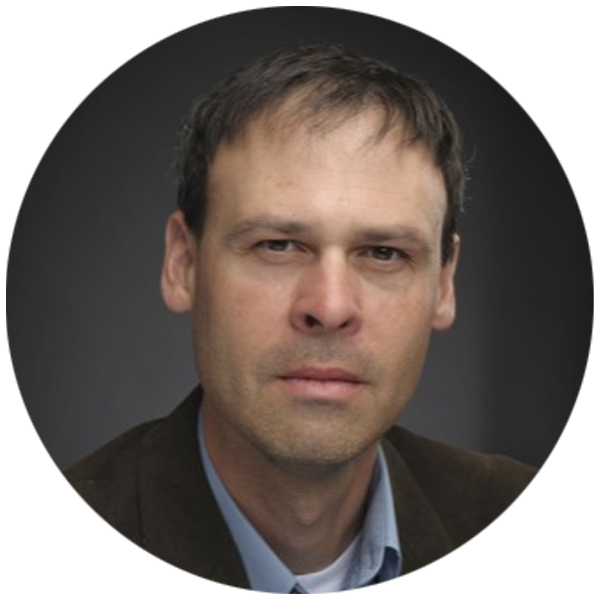
Dr. Matthew Fields | he/his
NRT Research Coordinator
Dr. Matthew Fields is a professor in the Department of Microbiology & Cell Biology
and also serves as Director of the Center for Biofilm Engineering at Montana State
University. He also serves on BERAC for the U.S. Department of Energy to provide
guidance on biological and environmental research important to the U.S. DOE. His laboratory
uses molecular ecology and physiology to study microbial communities associated with
different environments. Ultimately, a driving question is to understand the relationships
between structure and function at different scales of biology and the associated ecological
and physiological responses. An improved understanding of structure/function relationships
will allow predictive modeling and design for a variety of natural and engineered
systems. Current/new projects involving ‘extreme biofilms’ include: C and N cycling
at low pH and heavy metals; algal phycosphere; metal corrosion; GHG mitigation; and
3D printing. Current projects are currently funded through the Department of Energy,
National Science Foundation, the Department of Defense, and private industry.
matthew.fields@montana.edu
Fields Website
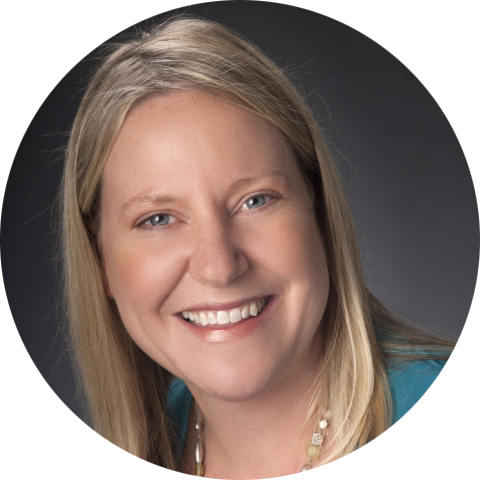
Dr. Christine Foreman | she/hers
Dr. Christine Foreman is a Distinguished Professor of Chemical and Biological Engineering, and Associate Dean for Student Success in the Norm Asbjornson College of Engineering. She leads the Women in Engineering Program and is on the Executive Committee of the Center for Biofilm Engineering. She is a Steering Committee Member of NASA’s Network for Ocean Worlds and Network for Life Detection. The Foreman Research Group seeks to understand how the environment controls the composition of microbial communities and how, in turn, those microbes regulate whole ecosystem processes such as nutrient and organic matter cycling. Ongoing research examines carbon flux through microbial communities in the cryosphere, with the long-term goal of improving predictions of carbon fate (metabolism to CO2, sequestration into biomass, long-term storage in ice) in the context of a changing environment. Additionally, we are interested in ecological, evolutionary and physiological adaptations to life in extreme environments, as extremophiles are natural resources for the discovery of pigments, biosurfactants, novel enzymes and other bioactive compounds of industrial and Astrobiological relevance. Foreman is a strong advocate for diversity and inclusivity in STEM fields. She has been recognized for this work with the Excellence in Diversity Award in 2017, the Lloyd Berg Faculty Mentoring Award in 2018, and the Women in Science Distinguished Professor Award in 2022. Foreman would like to mentor students excited about the cryosphere.
cforeman@montana.edu
Foreman Lab Website

Dr. Robin Gerlach| he/his
Dr. Robin Gerlach is a Professor of Chemical and Biological Engineering at Montana
State University with more than 25 years of experience in environmental engineering
and biotechnology research and development. Dr. Gerlach has authored more than 100
peer-reviewed publications plus numerous book chapters and holds one patent. He received
his Diplom Ingenieur (Dipl.-Ing.) degree from the Berlin Institute of Technology in Germany and a Ph.D.
in Environmental Engineering from Montana State University. Dr. Gerlach’s research
focuses on biofilms and biotechnology development with a focus on bioenergy applications.
Dr. Gerlach uses microbially produced minerals (aka biocement) for various applications including sealing leaky wells in the subsurface to improve
the storage security of carbon dioxide and other gases. His research group also currently
develops technologies for producing algal biofuels and bioproducts using extremophilic
algae, with a focus on CO2 capture directly from the atmosphere. Dr. Gerlach’s research and development activities are currently funded
through the Department of Energy, the National Science Foundation, the Department
of Defense, NASA, and Industry.
robin_g@montana.edu
Gerlach Website
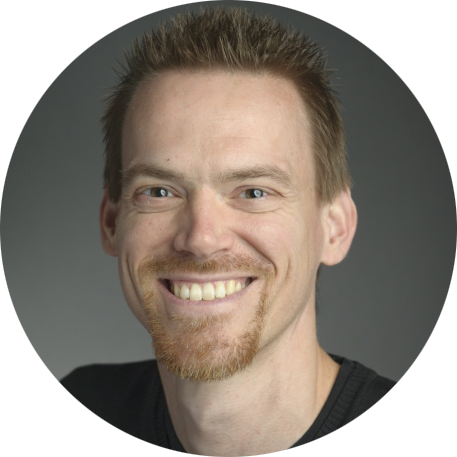
Dr. Roland Hatzenpichler | he/his
A first-generation college student, Roland earned his M.Sc. (2006) and Ph.D. (2011) in microbial ecology in the lab of Michael Wagner at the University of Vienna (Austria). From 2011-2016, he was a postdoctoral scholar with Victoria Orphan at the California Institute of Technology. Since Nov. 2016, he has been an Assistant Professor in MSU's Department of Chemistry and Biochemistry, and affiliated professor in the Department of Microbiology and Cell Biology, the Center for Biofilm Engineering and the Thermal Biology Institute. In 2017, he was named a NASA Early Career Fellow. He is a member of the steering committee of NASA's Network for Life Detection (NFold), the Faculty Committee for MSU's Molecular BioSciences Program, and the Early Career Faculty Advisory Panel to the Center for Biofilm Engineering at MSU. Roland is looking for students enthusiastic about studying life at both extremes of the scale bar, the entire community and the individual cell. Students in his lab apply multi-disciplinary and multi-scaled approaches to address previously unrecognized physiologies and cellular interactions of uncultured microbes. They employ a unique combination of metagenomics (as hypotheses generator), high-through-put metabolic screening via substrate analog probing (to identify geochemical and biotic parameters driving ecology), and single cell resolved stable isotope probing via Raman microspectroscopy and nano-scale secondary ion mass spectrometry (to identify specific growth-sustaining substrates). These culture-independent approaches are complemented by target mesocosm experiments and cultivation efforts.
roland.hatzenpichler@montana.edu
Hatzenpichler Lab Website
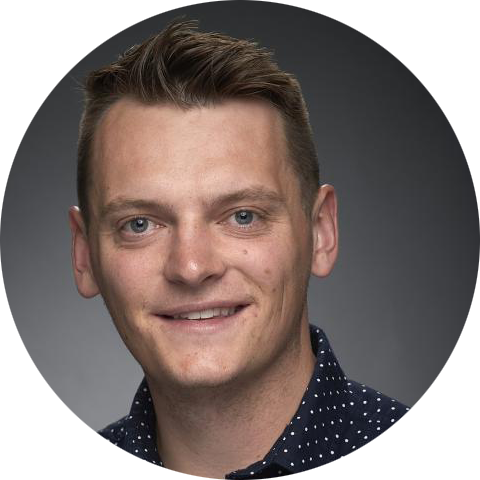
Dr. James Crawford | he/his
Dr. James Crawford is an Assistant Professor in the Chemical and Biological Engineering
Department at MSU. He has experience in heterogeneous catalyst design, characterization,
and testing from his PhD (Colorado School of Mines) and post-doc (National Renewable
Energy Laboratory). A central theme across his various research efforts is carbon
sequestration and utilization. Dr. Crawford has received some notable recognitions
in his career, including the National Science Foundation National Graduate Research
Fellowship (NSF-GRFP) and the Outstanding Thesis Award. He is seeking a highly motivated
PhD student interested in working at theinterface of heterogeneous and enzyme catalysis. This NRT project will be focused
on the discovery and characterization of extremophiles with novel enzymatic functionality
with the goal of synthesizing biomimetic heterogeneous catalysts. A fundamental, comparative
understanding of extreme biological environments and industrial thermocatalytic processes
will be pursued.
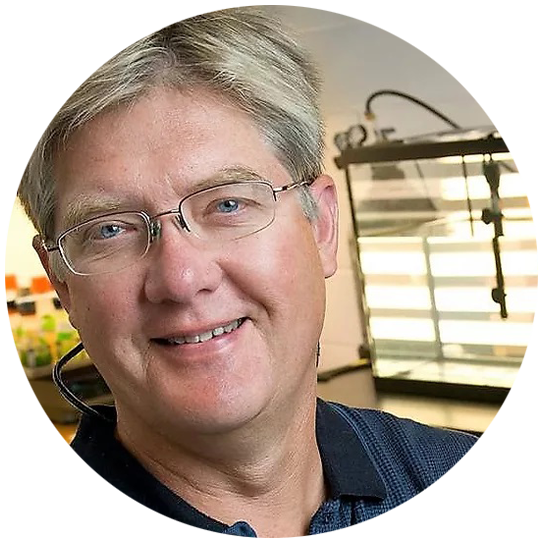
Dr. Brent Peyton| he/his
NRT Director
Dr. Brent Peyton is a Professor of Chemical and Biological Engineering at MSU, Director
of the Thermal Biology Institute, and on the Executive Committee of the Center for
Biofilm Engineering. With over 30 years of experience on biological systems, he has
focused on characterizing microbial biofilm processes in natural and engineered systems,
including extremophiles, heavy metal biotransformation and toxicity, and growth of biofilms
in space. Before returning to MSU in 2005, he was tenured at Washington State University
and was in the Bioprocessing Research Group at the Pacific Northwest National Laboratory
for 5 years.Dr. Peyton has authored and co-authored 130 peer-reviewed publications and holds five
patents in environmental biotechnology. He was awarded the 2016 MSU College of Engineering
Distinguished Professorship, and the CSIRO (Perth, AU) Distinguished Visiting Scientist
Fellowship for 2016/2017. Dr. Peyton is looking for students interested in the study
of thermophilic bioconversion of plastics to recyclable/biodegradable polymers or
in the study of the survival and ecology of the pathogenic amoeba Naeglaria fowleri in thermophilic biofilms.
bpeyton@montana.edu
Peyton Lab Website
Faculty Team Members

Dr. Dana Skorupa | she/hers
NRT Program Coordinator
Dr. Dana Skorupa is an Assistant Research Professor of Chemical & Biological Engineering at MSU. Her research has focused on understanding microorganisms in extreme environments and developing microbiological solutions for environmental pollutants. A focal research goal aims to grow heat-loving microorganisms (called thermophiles) capable of degrading problematic plastic wastes. Current recycling practices (if available), often involve the use of high-temperatures and harsh chemicals. The use of thermostable enzymes resistant to commonly used detergents and solvents would enhance the range of biological enzymes in industrial recycling. To this end, Dr. Skorupa's work focuses on culturing thermophiles with desired functions and characterize their novel thermostable enzymes.
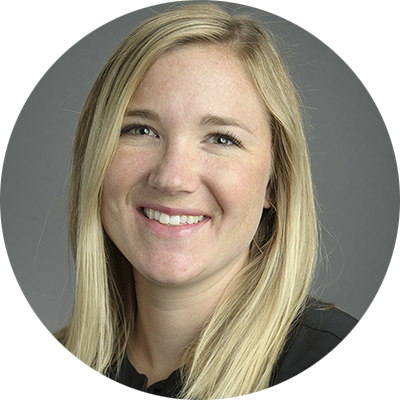
Dr. Heidi Smith | she/hers
Dr. Heidi Smith is an Assistant Research Professor of Microbiology and Cell Biology at MSU and the Microscopy Facility Manager for the Center for Biofilm Engineering. Her research has focused on characterizing microbial communities and understanding the role of microbes in the biogeochemical cycling of nutrients, with an emphasis on developing capabilities to explore the active fraction of these populations. She has conducted research in diverse low temperature and low nutrient environments ranging from glaciers to the terrestrial subsurface. She is focused on developing new ways to bring together disparate data types to understand microbial ecosystem function. Dr. Smith is interested in working with students interested in the study of environmental biofilm formation, activity, dynamics, and persistence and studying these systems utilizing correlative optical and chemical microscopy approaches.
